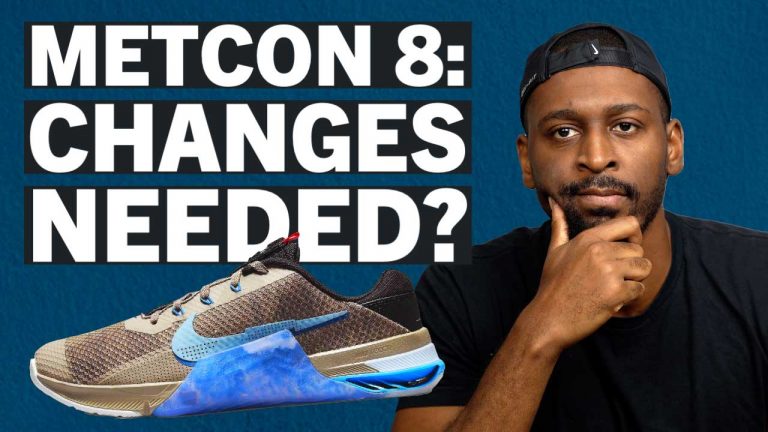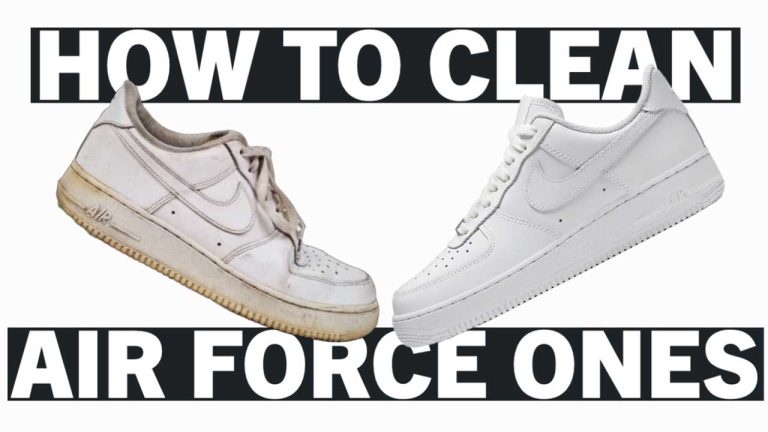Should Weightlifting Shoes Be Tight? Read BEFORE You Buy a Pair
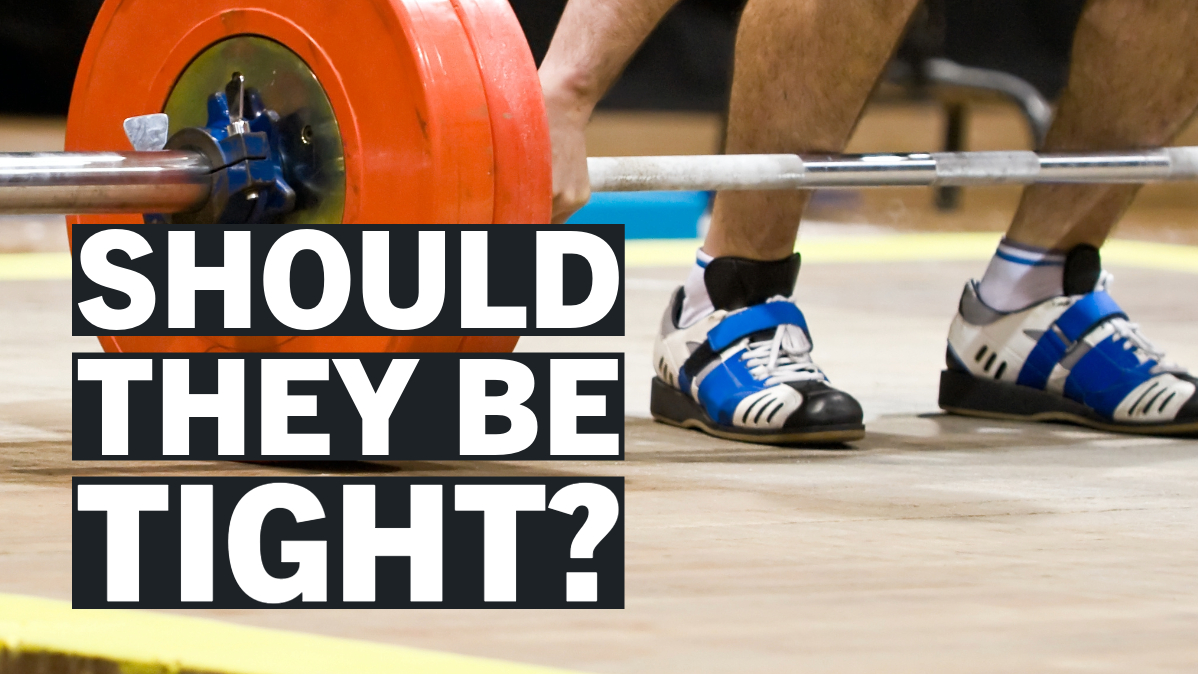
ListedFit is reader-supported. When you buy through links on our site, we may earn a small commission.
When considering the importance of proper footwear for weightlifting, a common question arises: should weightlifting shoes be tight? The short answer is yes, but not uncomfortably so. A snug and secure fit is necessary to provide the necessary support and stability required for heavy lifts.
Weightlifting shoes, also known as squat shoes, have unique features that set them apart from traditional athletic footwear. These features are designed to enhance performance and help you reach your strength training goals.
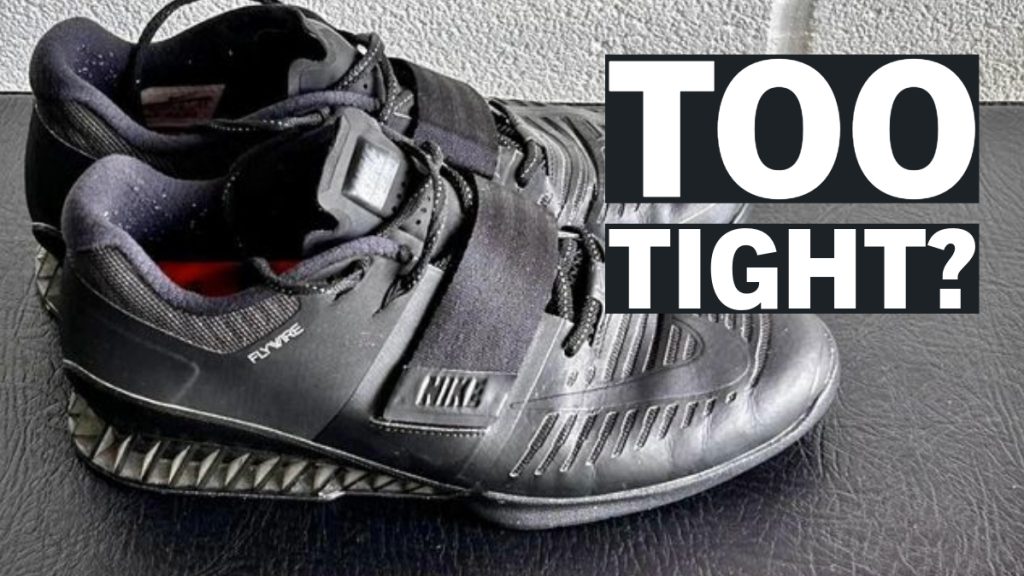
The key to achieving the perfect fit for weightlifting shoes is to balance snugness with comfort. You shouldn’t be able to easily pull the shoe off your foot once laced up and strapped in, nor should you feel your heel lifting out of the shoe.
At the same time, avoid shoes that are painfully tight, as they can hinder performance and cause discomfort during your workout.
There are several brand and models, such as Adidas AdiPower, Nike Romaleos, Rogue Do-Win, and Reebok Legacy Lifters, which are pretty well-known weightlifting shoes, each has their unique characteristics.
It’s essential to find the right pair for your individual preferences and training needs to ensure the best possible experience with your weightlifting shoes.
Key Takeaways
- Weightlifting shoes should be snug and secure, but not uncomfortably tight
- A proper fit is essential for support and stability during strength training
- Choose among popular brands such as Adidas, Nike Romaleos, and Reebok Legacy for a weightlifting shoe that suits your needs
Table of Contents
Should Weightlifting Shoes Be Tight?

The Role of Comfort and Snugness
When choosing weightlifting shoes, comfort is an essential factor to consider. It’s crucial that the shoes fit snugly around your feet, allowing for minimal movement within the shoe. A well-fitting shoe not only improves our performance but also reduces the risk of injury.
I usually recommend leaving around half an inch (roughly ~0.5″) of space at the toe so that our toes can breathe and splay. This also prevents sliding and jamming our toes during lifts, particularly when catching a clean & jerk.
The Effect of Tightness on Performance
The right amount of tightness can impact our performance in weightlifting sessions. Lifting shoes with a secure fit allow for better weight distribution and stability during lifts. We want the shoe to feel tight over the length and breadth of the foot.
It’s best when we can just about feel the end of the shoe with our toes when strapped in. Generally, lifting shoes run true to size, but it’s common to buy half a size down to achieve the desired snug fit.
So Should Weightlifting Shoes Be Tight?
It’s important to find a balance between snugness, fit, and comfort when choosing weightlifting shoes.
While a certain level of tightness is essential to enhance performance and support, circulation to our feet should never be restricted. As long as we ensure that the shoe is comfortable to wear and provides the necessary support, finding the correct tightness should be a simple matter.
Ultimately, I suggest treating weightlifting shoes just as we would any other type of shoe, prioritising a well-fitting and secure option.
Key Features of an Ideal Weightlifting Shoe
I understand the importance of a good lifting shoe. In this section, I’ll share some of the essential features that an ideal weightlifting shoe should possess to provide both comfort and efficiency.
* Suitable Heel Height and Support
The appropriate heel height in a weightlifting shoe can vary depending on personal preferences and specific exercise performance goals. Generally, an elevated heel (often between 0.5 and 1 inch) provides better ankle mobility and a more upright torso during squatting exercises. This support helps improve lifting techniques and overall balance during various strength training exercises such as squats, snatches and clean & jerks. A raised heel also aids in maintaining stability, which is crucial in weightlifting and CrossFit activities. It’s essential that the heel height works for your individual needs and allows you to maintain proper form during your lifts.
* Effective Lacing and Straps
Laces and straps play a vital role in the overall fit and security of a weightlifting shoe. A suitable lacing system should allow for easy tightening, while ensuring that your foot stays secure throughout your workouts.
- The laces themselves should be durable and supportive, without causing discomfort when tightened.
- In addition to laces, a good lifting shoe often features at least one strap system. This feature not only helps to enhance fit and security but also provides additional support across the midfoot or instep. A properly designed and positioned strap allows for improved stability and balance, allowing you to focus on your lifting technique.
In my opinion an ideal weightlifting shoe must possess a suitable heel height that provides support and stability during various exercises. It should also feature an effective lacing and strap system to ensure a secure and comfortable fit, allowing you to get the most out of your training sessions.
Comparing Weightlifting Shoes with Other Footwear
In this section, I’ll be discussing the differences between weightlifting shoes and other types of footwear, specifically running shoes and Converse Chuck Taylors. I’d like to offer a friendly perspective on choosing the right shoes for your specific activity.
Weightlifting Shoes vs Running Shoes
Weightlifting shoes are specifically designed to support you during strength training and other weightlifting activities. They often feature a raised heel, allowing for increased ankle mobility and a more upright torso during squats. In contrast, running shoes are designed to provide cushioning and support for your feet while running. Let me break down the main differences in a handy table:
| Feature | Weightlifting Shoes | Running Shoes |
|---|---|---|
| Sole stiffness | Stiffer soles | Flexible soles |
| Heel height | Raised heels | Low heels |
| Upper material | Durable and strong | Light and breathable |
| Lacing and straps | Secure, tight fit | Comfortable fit |
When it comes to weightlifting or strength sports, I find weightlifting shoes offer better stability, support, and correct form. While running shoes have their merits, they don’t provide the level of support needed for lifting weights.
Weightlifting Shoes vs Converse Chuck Taylors
Now, let’s compare weightlifting shoes to Converse Chuck Taylors, a popular choice among some lifters. Chuck Taylors are flat-soled sneakers made from canvas. Although they may seem like an odd choice for weightlifting, their flat sole offers a stable base for lifting. However, weightlifting shoes have several advantages. Here’s a neat list to highlight the differences:
- Heel height: Weightlifting shoes have a raised heel which offers more ankle mobility, whereas Chuck Taylors have a flat sole that may limit your range of motion during deep squats.
- Sole stiffness: Weightlifting shoes have a stiffer sole, providing a better platform for power transfer. Chuck Taylors have more flexible soles, reducing stability during heavy lifts.
- Ankle support: Weightlifting shoes often have a higher cut or additional straps, offering improved ankle support and stability. Chuck Taylors do not provide the same level of support.
In my experience, weightlifting shoes provide the best combination of stability, support, and mobility for lifting weights. While Chuck Taylors can be suitable for some lifters, they do not offer the same advantages as a dedicated weightlifting shoe.
Brand-specific Insights
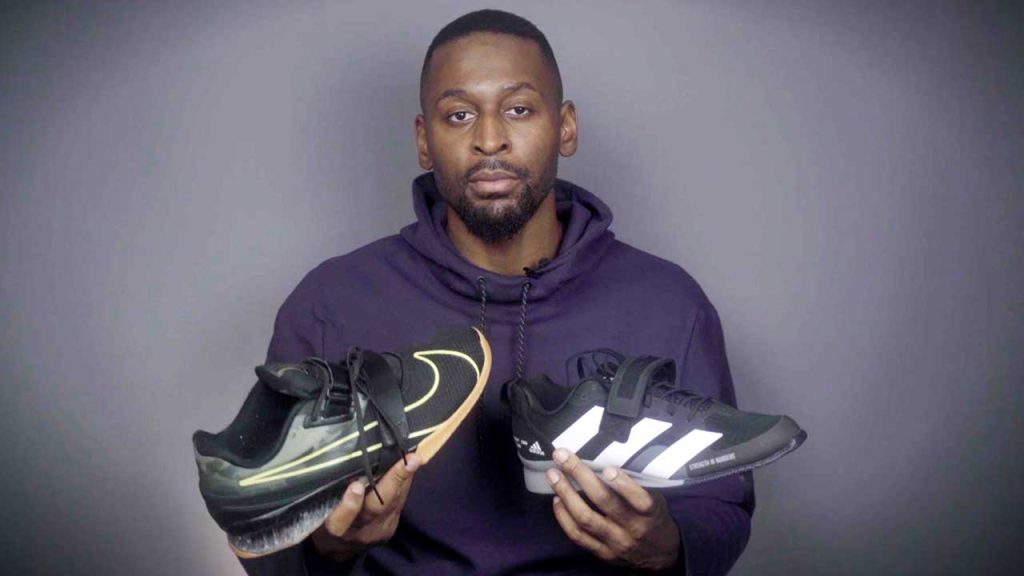
Adidas vs Nike
In my experience, both Adidas and Nike offer top-notch weightlifting shoes. However, when considering the fit, Adidas’s series and Nike’s Romaleos shoes have noticeable differences. Personally, I find Adidas shoes to not be very accommodating for wider feet, while Nike shoes are generally still narrow but nowhere near as narrow as Adidas.
As a result, it’s essential to try on both brands to determine which one suits your individual needs and preferences best.
The Lesser Known TYR Weightlifting Shoes – Why the wider fit is better
While Adidas and Nike might dominate the weightlifting shoe market, smaller brands, like TYR, deserve mention too! I’ve found that TYR weightlifting shoes provide an excellent wider fit for people with broader feet. Having a wider fit ensures more stability and comfort during lifts, especially for those with wide feet who might feel constrained in traditional weightlifting shoes.
Benefits of a wider fit in TYR shoes include:
- Greater stability: A wider base offers better balance during heavy lifts
- Enhanced comfort: Allows your feet to spread out naturally, reducing pressure points
- Improved performance: Without constriction, your feet can move more freely, supporting proper lifting techniques
In My Opinion Nike and Adidas Weightlifting shoes are just too narrow
As I touched upon earlier, both Nike Romaleos and Adidas Adipower shoes cater to athletes with more slender feet.
For those with wider feet, these shoes may feel too tight and constraining. It’s crucial to feel comfortable and stable in your weightlifting shoes, as this can affect your overall lifting performance.
Remember, fit is crucial when choosing weightlifting shoes, so always try on different brands to find the most suitable pair for you!
Frequently Asked Questions
How snug should weightlifting shoes be?
In my experience, weightlifting shoes should be snug but not too tight. Your feet need to feel supported and stable, yet comfortable enough to allow for proper circulation and foot movement.
A well-fitting shoe will have a secure fit without causing discomfort or pain.
What’s the ideal fit for weightlifting shoes?
The ideal fit for weightlifting shoes is one that provides a secure and stable base without hindering mobility or causing discomfort.
This usually means that the shoe should have a snug fit around the midfoot and heel, with ample room in the toe box for your toes to move freely.
A well-fitted shoe will make you feel more grounded during lifts and help maintain proper alignment.
How much toe room is optimal in weightlifting shoes?
I find that having a little bit of wiggle room in the toe box is optimal for weightlifting shoes. Your toes should have enough space to spread out and move without feeling cramped or confined, but not so much space that your foot slides around inside the shoe.
This balance helps ensure stability and comfort during your workouts.
Can weightlifting shoes be too tight?
Yes, weightlifting shoes can be too tight. When shoes are too tight, they can cause discomfort, restrict proper blood flow, and even negatively impact your lifting form.
If you’re experiencing pain or numbness in your feet during workouts, it’s likely that your shoes are too tight and you should consider a different size or shoe model.
How should weightlifting shoes fit at the heel?
Weightlifting shoes should fit snugly at the heel, providing a secure and stable base for your foot. If your heel lifts out of the shoe or has excessive movement, it can compromise stability and affect your lifting performance.
A proper fit at the heel is crucial for maintaining good form and reducing the risk of injury.
What’s the right fit for beginner weightlifters?
For beginner weightlifters, the right fit is just as important as it is for experienced lifters. A secure, comfortable fit is essential to help build good lifting technique and form from the start.
As a beginner, look for shoes that provide a snug fit around the midfoot and heel, with enough room in the toe box for your toes to move freely. Remember, the right fit can make a significant difference in your weightlifting journey.
Author
-
Stuart Patrick is a health and fitness lifestyle journalist who writes for ListedFit.com.
“I've spent a lot of time trying to get in shape and change my body and I realised there are so many untruths in the health and fitness industry that can slow down or stop your progress, so I share my knowledge and experience to help others to cut through the BS.”
Latest entries
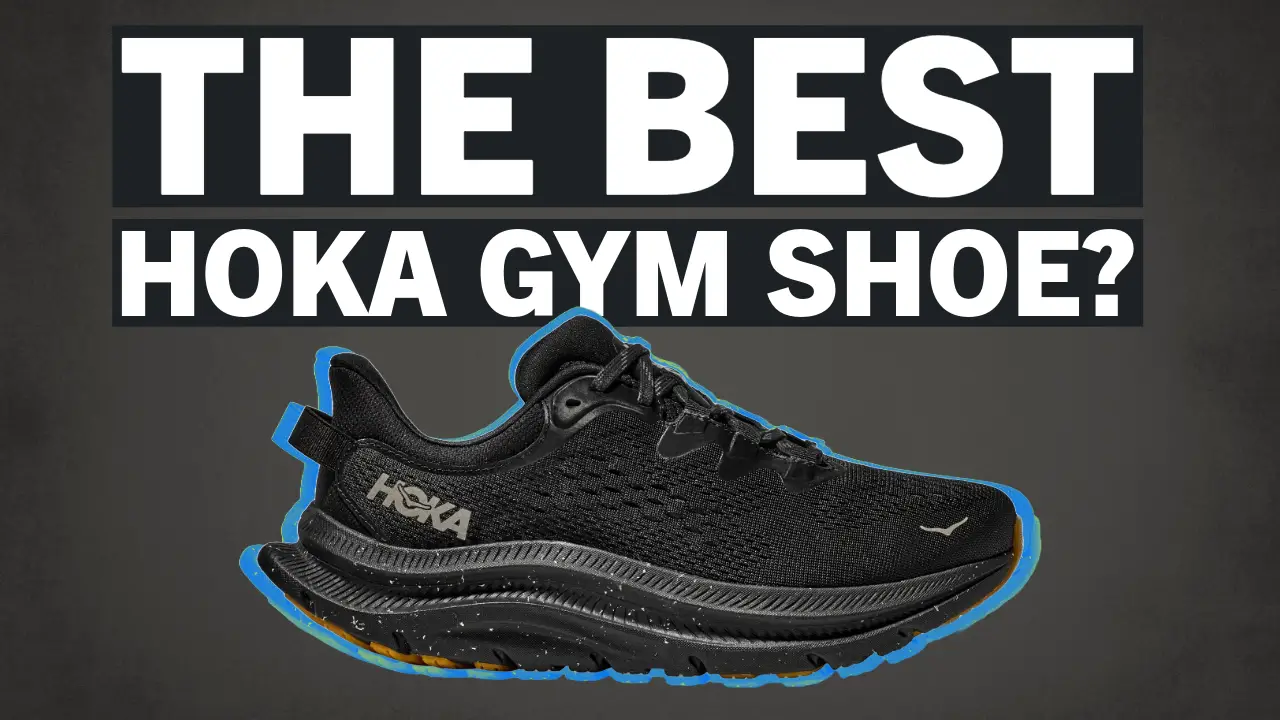 GearApril 6, 2024HOKA Kawana 2 Review – Are These The Best HOKA Gym Shoes?
GearApril 6, 2024HOKA Kawana 2 Review – Are These The Best HOKA Gym Shoes?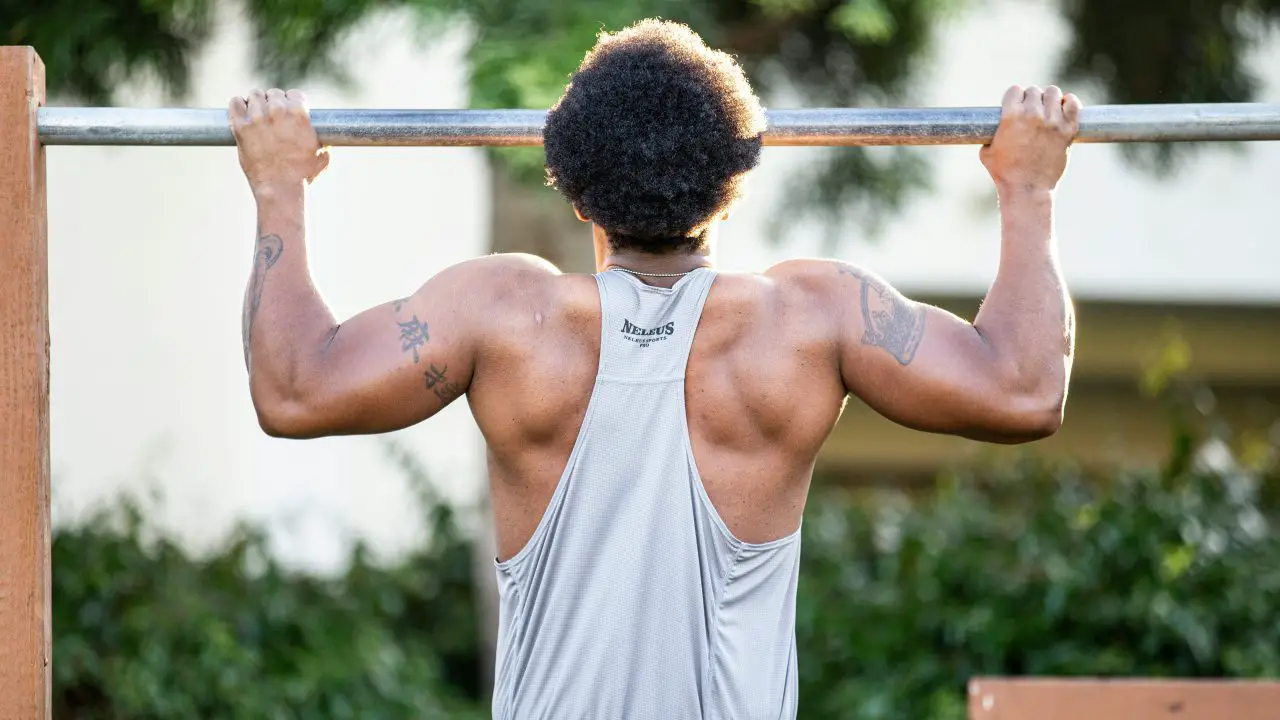 CrossFitApril 4, 2024How Many Pull-Ups Should I Do Daily? Let’s Figure it Out…
CrossFitApril 4, 2024How Many Pull-Ups Should I Do Daily? Let’s Figure it Out… MacaMarch 17, 2024Which is Better: Black or Red Maca? Comparing Benefits and Uses
MacaMarch 17, 2024Which is Better: Black or Red Maca? Comparing Benefits and Uses FitnessFebruary 18, 2024Join the Discount Club Today!
FitnessFebruary 18, 2024Join the Discount Club Today!
Affiliates:
This post may contain affiliate links that at no additional cost to you, the site may earn a small commission. We only recommend products we would use ourselves and all opinions expressed on this site are our own.
General Advice:
The information provided in this article is for general informational purposes only. It is not intended as a substitute for professional advice. Always consult with a qualified healthcare professional before starting any new diet, exercise program, or making changes to your health routine.
Accuracy Advice:
While we strive to provide up-to-date and accurate information, the content in this article may not reflect the most current research or medical guidelines. We encourage readers to do further research and consult with professionals for more personalized advice.
Our Recommendations:
The products and services mentioned in any of our articles are recommended based on our independent research and personal experience. We are not sponsored by any company. We aim to suggest products and services we believe are of high quality and could be beneficial to our readers.

